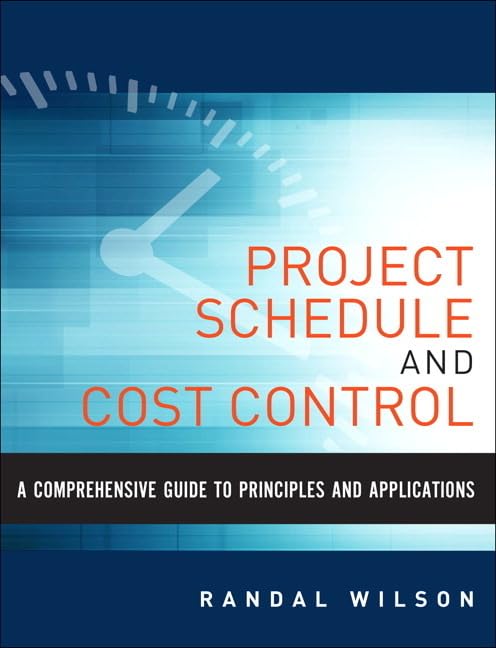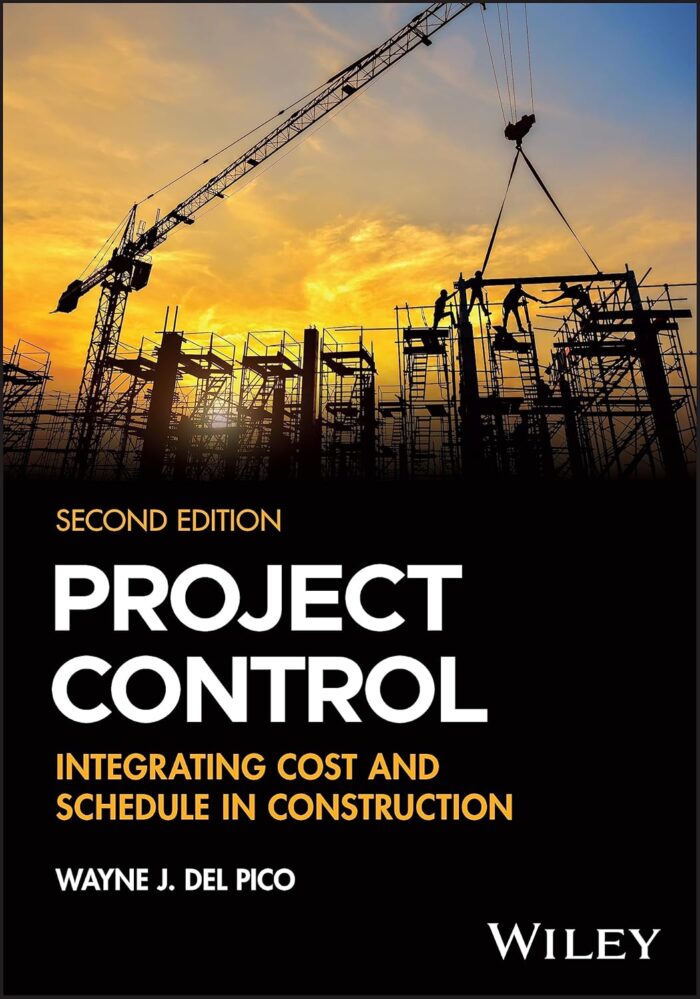
Variance Analysis
What is Variance Analysis?
Variance analysis is a financial and project management technique for identifying and explaining the difference between planned and actual performance. It compares baseline expectations, such as budgets or schedules, with actual results to determine whether the project is on track. This process helps managers understand why variances occur and how they affect project outcomes. It is commonly applied in cost management, scheduling, and resource planning.
By measuring discrepancies, teams can take corrective action and improve future planning. Variance analysis supports informed decision-making and provides early warnings about potential risks or inefficiencies. It is a key performance measurement component in many industries, including construction, IT, manufacturing, and finance.
Key Points
- Variance analysis compares planned figures (such as budgets or timelines) and actual results.
- It can be applied to project cost, schedule, scope, and quality metrics.
- Positive variance usually indicates performance better than expected, while negative variance highlights issues that may require attention.
- Root cause identification is essential for accurate analysis and effective response.
- The process can be repeated throughout the project lifecycle to ensure ongoing control and accountability.
Related Terms
- Budget variance measures the difference between the planned budget and actual spending.
- Schedule variance calculates whether a project is ahead of or behind schedule.
- Earned value management integrates cost, scope, and schedule data to assess overall project performance.
- Baseline provides the original plan against which actual results are compared in a variance analysis.
- Corrective action refers to steps taken in response to negative variance to bring the project back on track.
Variance Analysis: Example
A software development project planned to spend $100,000 by the third month but has spent $120,000. A cost variance analysis reveals a negative variance of $20,000. The project manager investigated and found that higher-than-expected contractor fees caused the overrun. This insight allows the team to adjust spending plans and renegotiate contracts, preventing further budget impacts.
Variance Analysis: Best Practices
- Establish clear and realistic baselines before project execution begins.
- Conduct variance reviews at regular intervals to catch problems early.
- Involve key stakeholders in analyzing and interpreting variance data.
- Document all variances and their root causes for transparency and learning.
- Use the findings to improve forecasting and resource allocation in future projects.
Additional Resources
Preparing for a PMI certification?
- Exam Prep Courses: PMP®, CAPM®, and PMI-ACP®
- Exam Simulators: PMP®, CAPM®, PMI-ACP®, PMI-PBA®, PMI-RMP®, PMI-SP®, PgMP®, and PfMP®
- Professional Development Units (PDUs): 15, 30, and 60 PDU Bundles




